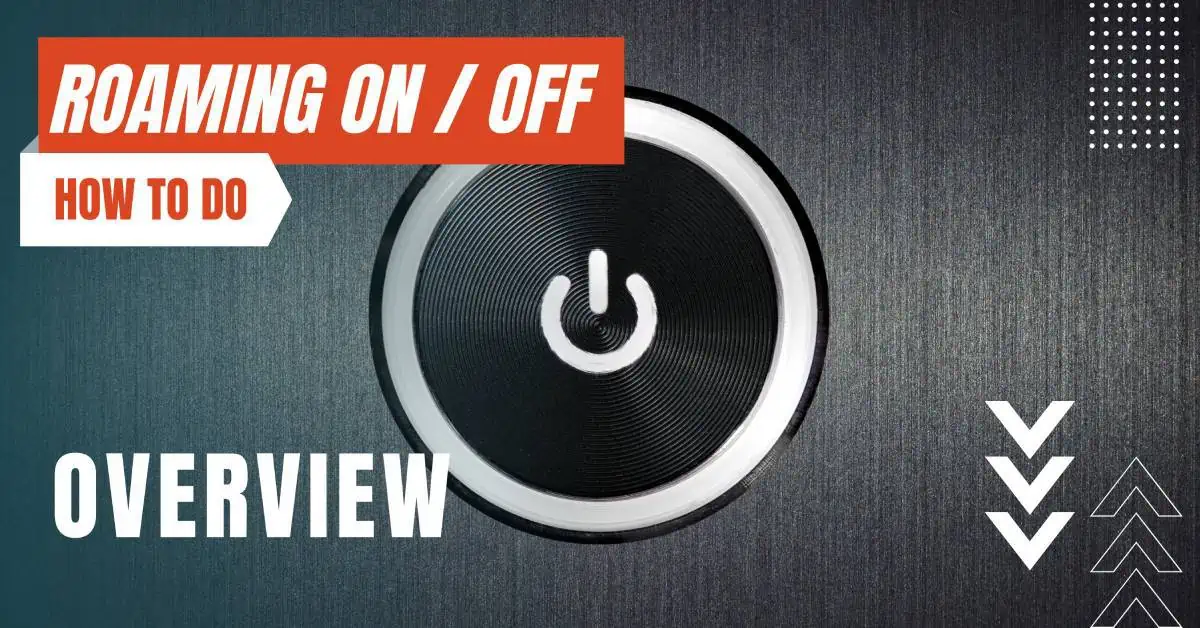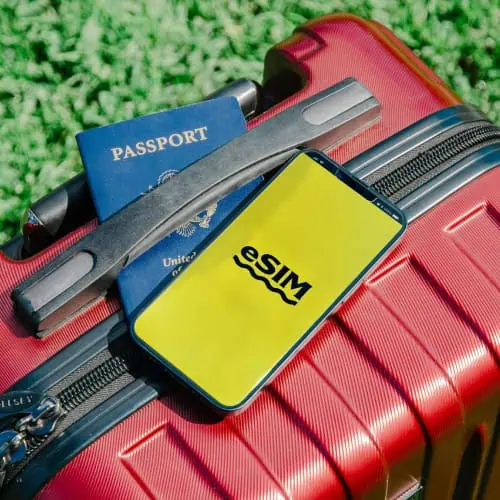All of the products and services we feature are chosen independently. If you click through links we provide, we may earn a commission. Learn more
Written by: Emily Chen
How To Receive OTP Abroad
- Updated: September 30, 2023 | Published:
In the era of globalization, travel has become more accessible than ever before. With this accessibility comes the undeniable challenge of maintaining digital security.
The One-Time Password (OTP), an integral part of secure online transactions, can pose significant challenges to the international traveler. As the digital age demands swift and secure operations, ensuring reliable access to OTPs while journeying abroad has become paramount.
This article offers a comprehensive guide to address this challenge.

The joy of traveling, exploring new horizons, and immersing oneself in new cultures is a pleasure many seek.
However, in this interconnected age, there’s an unexpected challenge that travelers face: receiving OTPs. These dynamic, time-sensitive passwords play a pivotal role in authenticating various online transactions and account verifications.
When thousands of miles away from home, accessing these crucial codes can become a nuanced task, warranting deeper understanding and preparation.
OTP Delivery Methods
SMS-based OTPs
While SMS remains a widespread medium for OTP delivery, international travelers often encounter challenges.
Factors such as roaming complications, delayed messages, and the nuances of changing to a local SIM card can hinder OTP reception.
Understanding the intricacies of these challenges can significantly reduce unforeseen hassles.
Email-based OTPs
For those who might face issues with their mobile network, email offers a dependable backup.
With global internet connectivity improving, accessing an email OTP only requires a stable internet connection, ensuring that even if your phone lets you down, your email might save the day.
Authenticator Apps
Modern problems require modern solutions. Authenticator apps like Google Authenticator or Authy provide a robust solution for those on the move.
By generating time-sensitive OTPs independent of mobile networks or email access, these apps have become indispensable tools for many international travelers.
Pre-travel Preparations
Notify Your Service Provider
An often-overlooked step in travel prep is informing banks and financial institutions of one’s travel plans.
This simple action can prevent potential transaction blocks triggered by automated fraud-detection systems, ensuring uninterrupted access to your funds while abroad.
Check Roaming Services
Research is a traveler’s best friend.
Engaging with your mobile service provider to understand roaming options and associated costs for your destination country ensures that you are neither digitally stranded nor shocked by unexpected fees.
Set Up an Authenticator App
Backup Email Access
With the unpredictability of network access abroad, having a backup plan is sage advice.
Ensuring seamless email access, and optionally setting up email-based OTP delivery, can act as a safety net during your journeys.
Alternative Methods During Travel
Virtual Numbers
The digital age offers innovative solutions like virtual numbers – internet-based numbers designed to receive OTPs.
Services like Twilio offer these options, enabling travelers to bypass traditional network barriers and get OTPs via an internet connection.
Wi-Fi Calling
Today’s smartphones are packed with features, one of which is the ability to receive SMS over Wi-Fi.
By sidestepping traditional roaming challenges, this feature can be a lifesaver, especially in locations where mobile networks might be unreliable.
Local eSIMs
For travelers considering an extended stay, procuring a local eSIM can be a practical choice. This option provides not only cost-effective local calling but also reliable OTP reception.
However, a change in number mandates notifying your service providers to ensure continued OTP delivery.
Common Issues and Their Solutions
OTP Not Received
Network congestion, provider glitches, or even mere delays can sometimes result in missed OTPs.
When faced with this challenge, ensuring a robust connection, refreshing your device’s connectivity, and if necessary, contacting your service provider, can set things right.
Locked Accounts
Security protocols sometimes trigger account locks after several unsuccessful OTP attempts. While frustrating, it’s a safety feature.
When this happens, following the provider’s account recovery guidelines or directly engaging customer support can help resolve the issue.
Best Practices for Secure OTP Management While Abroad
Regularly Check Connection
Avoid Public Wi-Fi
Although tempting, public networks can be riddled with security vulnerabilities. Prioritizing secured, private networks or leveraging a Virtual Private Network (VPN) can fortify your digital safety abroad.
Regularly Update Apps and Systems
Preparation, knowledge, and adaptability are the pillars of ensuring uninterrupted access to OTPs abroad.
By embracing diverse OTP delivery methods, anticipating challenges, and proactively setting safeguards, international travelers can enjoy both their journeys and the peace of mind that comes with secure digital transactions.
By entering your email & signing up, you agree to receive promotional emails on eSIMs and insider tips. You can unsubscribe or withdraw your consent at any time.

About The Author
Spread the Word, Share the Joy
Compare eSIMs
Why keep the secret to yourself? Spread the joy of eSIMradar and let everyone in on the eSIM experience!

Easy eSIM Comparison for Your Needs
Simplifying your search! Easily compare eSIM plans tailored to your specific needs

Coverage in 210+ Countries
Benefit from our extensive eSIM comparison with 30+ providers in over 210 destinations.

Save money without second-guessing
Our platform helps you maximize value, ensuring competitive prices.

Enjoy Hassle-Free Travel Abroad
Whether you’re on holiday or a business trip abroad, stay connected with ease and focus on enjoying your experiences,
Find Your Perfect eSIM & Exclusive Deals!
Find your ideal eSIM effortlessly and stay connected in style wherever your adventures take you! Get exclusive deals and discounts at your fingertips, ensuring you get connected for less on your travels!














